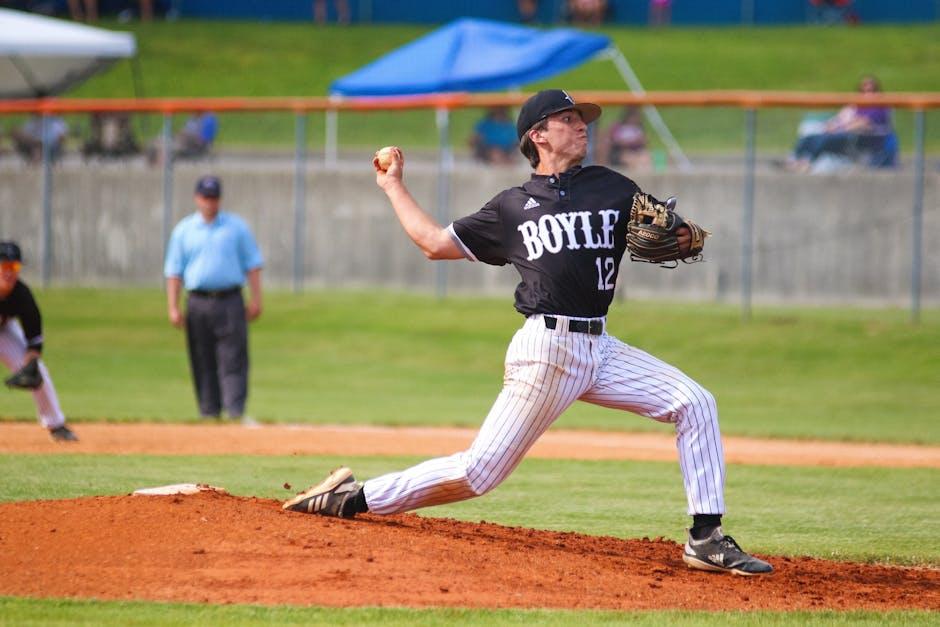In the heart of every baseball game lies a captivating duel—a pitcher standing on the mound, poised to command the course of play with each throw. Behind the seeming simplicity of a ball hurled toward home plate is a complex blend of physics, strategy, and skill. Understanding how baseball pitching works uncovers the artistry and precision behind every fastball, curveball, and slider, revealing how pitchers manipulate speed, spin, and placement to outwit batters. This article takes you beyond the surface, exploring the mechanics and mental game that make pitching one of baseball’s most mesmerizing elements.
Table of Contents
- Understanding the Fundamentals of Baseball Pitching Mechanics
- The Role of Grip and Finger Placement in Pitch Control
- Mastering Different Pitch Types and Their Strategic Uses
- The Importance of Body Alignment and Balance for Consistency
- Building Strength and Flexibility to Enhance Pitching Performance
- Practical Tips for Developing Mental Focus and Game Awareness
- Q&A
- Concluding Remarks
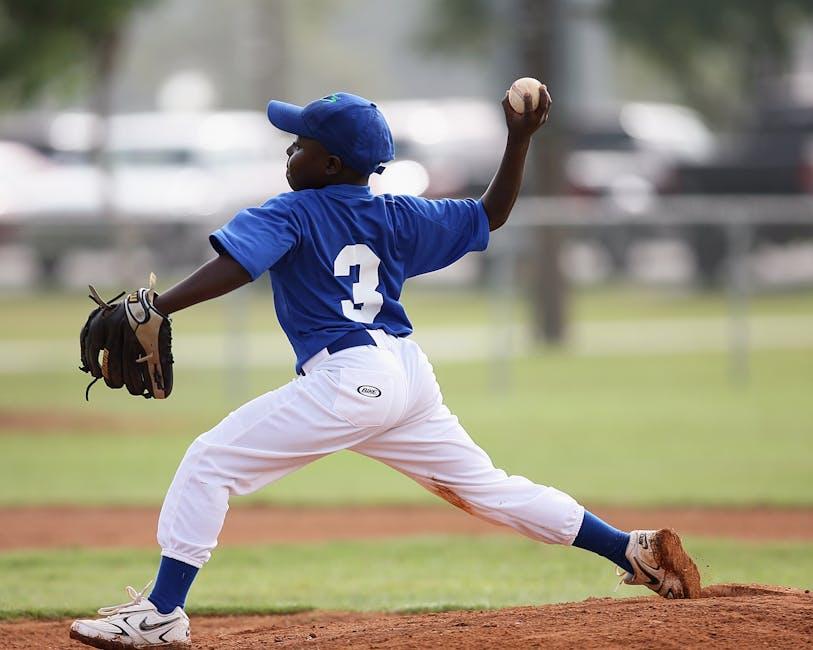
Understanding the Fundamentals of Baseball Pitching Mechanics
Mastering the art of baseball pitching hinges on a harmony of physical elements and refined technique. Central to this process is the kinetic chain—a seamless transfer of energy starting from the legs, through the hips, torso, and finally to the arm. Each phase generates momentum that culminates in the explosive release of the ball. Proper foot placement, balance, and follow-through ensure stability and power, allowing pitchers to maximize velocity while minimizing injury risk. By understanding these movements, pitchers can develop consistency and control in their throws.
Integral components of pitching mechanics involve precise body positioning and timing, which help determine the ball’s speed, movement, and location. Below is a concise overview of key elements every pitcher must focus on:
- Windup: Builds initial momentum and rhythm.
- Stride: Length and direction affect accuracy and power.
- Arm Path: Smooth, repeatable motion reduces strain.
- Release Point: Consistency impacts pitch deception.
- Follow-Through: Ensures balance and readiness for defense.
| Mechanic | Description | Impact |
|---|---|---|
| Stride Length | Distance covered towards home plate | Influences pitch velocity and control |
| Arm Slot | Angle of arm during release | Affects ball movement and deception |
| Hip Rotation | Turn of hips during delivery | Generates power and momentum |
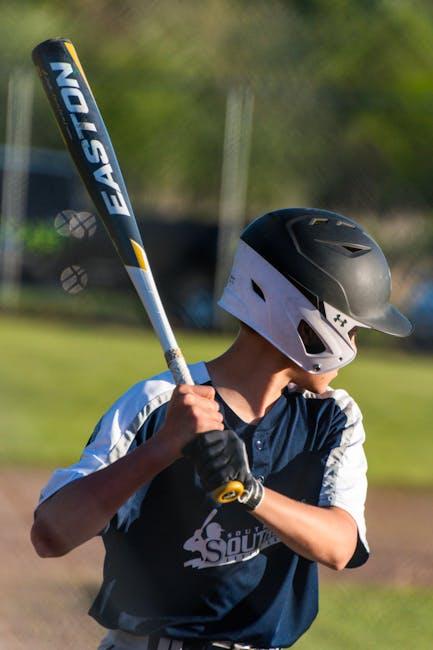
The Role of Grip and Finger Placement in Pitch Control
Mastering pitch control demands a deep understanding of how grip and finger placement influence the ball’s trajectory and velocity. The way a pitcher holds the baseball dictates the amount of spin and movement generated upon release. For example, adjusting finger pressure subtly along the seams can cause the ball to break differently or maintain a straighter path. Pitchers often experiment with grips such as the four-seam fastball for maximum speed and minimal movement, or the two-seam fastball which offers more lateral action due to different seam orientation and finger positioning.
Several factors come into play when fine-tuning grip and finger placement. Considerations include finger spacing, pressure intensity, and which fingertips make contact with the seams. These variables allow pitchers to tweak their control, velocity, and pitch deception. The table below showcases common grips alongside their effects:
| Grip Type | Finger Placement | Pitch Effect |
|---|---|---|
| Four-Seam Fastball | Index and middle fingers across the seams | Straight, high velocity with backspin |
| Two-Seam Fastball | Fingers along the seams | Horizontal movement with sinking action |
| Curveball | Middle finger along the bottom seam with thumb opposite | Sharp downward and lateral break |
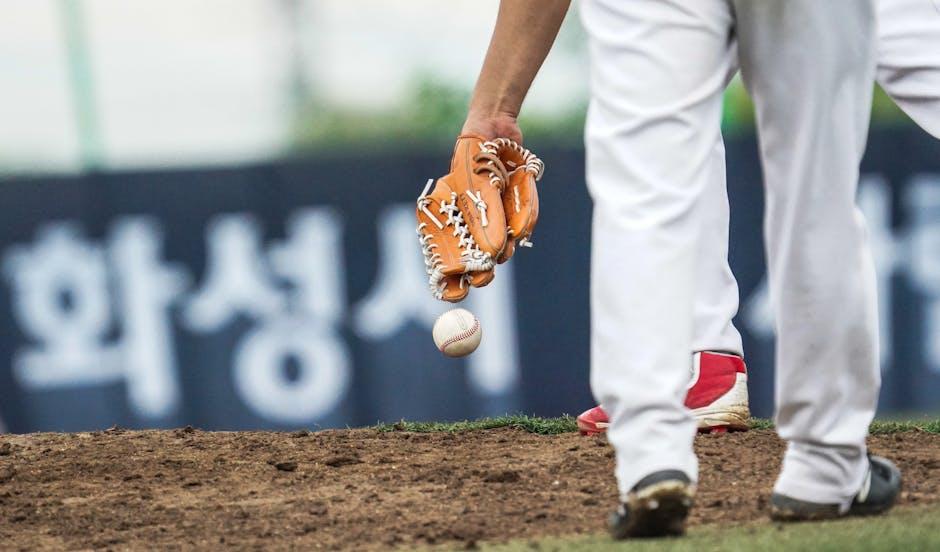
Mastering Different Pitch Types and Their Strategic Uses
In the intricate ballet of baseball pitching, mastering the arsenal of pitch types is crucial to outsmart batters. Each pitch carries its own movement, speed, and deception, forcing hitters to constantly adapt. From the lightning-fast four-seam fastball to the sneaky off-speed changeup, pitchers weave a narrative of unpredictability with every throw. A well-timed curveball can disrupt a batter’s timing, while a slider’s sharp break can induce weak contact or missed swings altogether.
Strategic deployment of these pitches often hinges on the batter’s tendencies, the game situation, and even the pitcher’s own strengths. For instance:
- Fastballs are ideal for challenging hitters and setting up secondary pitches.
- Breaking balls like curveballs and sliders create movement to deceive and generate strikeouts.
- Off-speed pitches disrupt hitter timing and induce ground balls.
| Pitch Type | Primary Effect | Typical Use |
|---|---|---|
| Four-Seam Fastball | Velocity & Control | Establish dominance early in counts |
| Slider | Lateral Movement | Confuse batters late in the count |
| Changeup | Deceptive Speed | Disrupt fastball timing |

The Importance of Body Alignment and Balance for Consistency
Achieving precision and power in every pitch is not merely about arm strength or technique; it fundamentally hinges on maintaining proper body alignment and balance throughout the motion. When a pitcher’s body is in optimal alignment—from the feet planted firmly on the mound to the hips and shoulders rotating in harmony—energy can flow seamlessly through each segment. This coordination crucially supports a repeatable delivery, allowing pitchers to hit the same spots consistently while reducing undue stress on muscles and joints. Without this alignment, small imbalances can multiply, resulting in errant throws and increased injury risk.
Consider the essential components that sustain this pivotal balance:
- Core Stability: The powerhouse that connects upper and lower body movements.
- Weight Distribution: Balanced transfer from back foot to front foot for controlled momentum.
- Joint Flexibility: Smooth rotation of hips, shoulders, and wrists to fine-tune accuracy.
| Aspect | Role in Pitching | Benefit |
|---|---|---|
| Alignment | Positions body for kinetic chain efficiency | Improved accuracy and velocity |
| Balance | Controls center of mass during delivery | Repeatability and injury prevention |
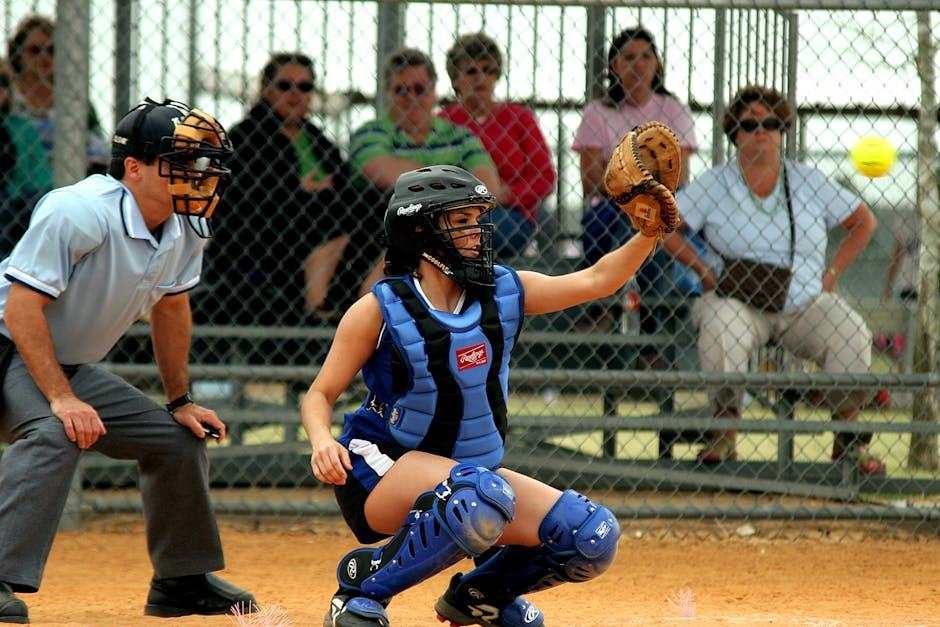
Building Strength and Flexibility to Enhance Pitching Performance
Developing a harmonious blend of strength and flexibility is crucial for pitchers aiming to elevate their game. While raw power can generate velocity, flexibility allows for fluid motion and injury prevention. Focusing on both aspects ensures a pitcher maintains control and consistency throughout every phase of the windup and delivery. Key muscle groups like the rotator cuffs, core, and legs are prime areas to target for tailored strength and mobility exercises.
- Rotator cuff strengthening: Stabilizes the shoulder during high-velocity throws.
- Core conditioning: Enhances rotational power and balance.
- Hip and leg flexibility: Facilitates explosive drive toward the plate.
Integrating dynamic stretches with weight training can produce a sturdy yet supple athlete capable of repetitive, high-intensity pitching without sacrificing range of motion. Understanding the balance between tension and relaxation within muscles during pitching sequences unlocks new levels of mechanical efficiency and reduces fatigue—crucial for sustaining peak performance over a season.
| Training Focus | Exercise Example | Benefit |
|---|---|---|
| Strength | Medicine ball rotational throws | Builds explosive torso power |
| Flexibility | Dynamic hip openers | Improves stride length and fluidity |
| Balance | Single-leg stability drills | Enhances landing control and accuracy |
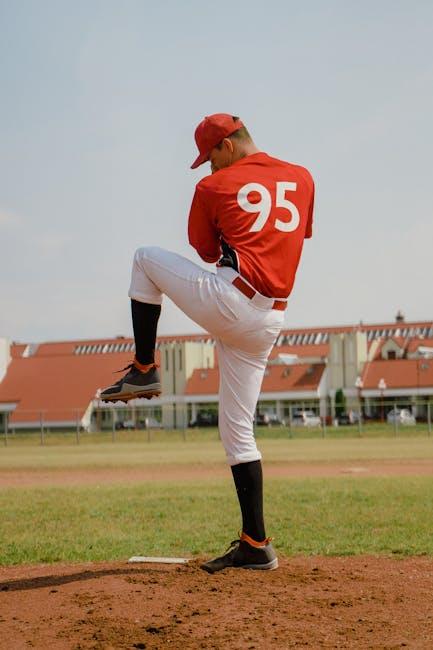
Practical Tips for Developing Mental Focus and Game Awareness
Sharpening your mental focus while on the mound starts with cultivating a routine that centers your mindset before each pitch. Implementing visualization techniques, such as picturing the ball’s trajectory or the batter’s reaction, can enhance concentration and anticipation. Additionally, get into the habit of using breathing exercises to calm nerves and maintain composure under pressure. These simple practices anchor your attention to the present moment, preventing distractions from clouding your decision-making during key plays.
Enhancing game awareness means consistently reading the field and understanding situational dynamics. Develop the habit of observing batter tendencies, base runner positions, and defensive alignments between pitches. Use this information to adjust your pitching strategy on the fly. The following table breaks down quick mental cues pitchers can use to interpret common game scenarios effectively:
| Game Situation | Mental Cue | Strategic Response |
|---|---|---|
| Runner on 2nd, 1 out | Watch for steal sign | Use pick-off move; mix pitches |
| Full count | Focus on strike zone | Throw a confident strike |
| Right-handed power hitter | Study swing patterns | Throw low and away |
| Bases loaded | Prioritize control | Play safe; avoid walks |
Q&A
Q&A:
Q1: What exactly is pitching in baseball?
A: Pitching is the art of throwing the baseball toward the batter with the aim of getting them out. It involves not just speed, but strategy, precision, and a variety of techniques to challenge the batter’s timing and decision-making.
Q2: Why is pitching such a crucial part of the game?
A: Pitching sets the pace and tone for the entire game. A skilled pitcher can control the offense by throwing strikes, deceiving batters with different pitches, and preventing hitters from making solid contact, making it harder for the opposing team to score runs.
Q3: What are the main types of pitches a pitcher might throw?
A: The classic repertoire includes the fastball (fast and straight), curveball (slows down and drops), slider (a sharp, sideways break), and changeup (looks like a fastball but slower). Each pitch has its own grip and motion, crafted to confuse or outsmart the batter.
Q4: How does a pitcher decide which pitch to throw?
A: Pitchers rely on a mix of instinct, scouting reports, game situation, and the batter’s weaknesses. Sometimes the count (balls and strikes) influences the choice, as does the need to keep the batter guessing.
Q5: What role does pitching mechanics play in success?
A: Proper mechanics are vital. Good mechanics help a pitcher throw harder, more accurately, and reduce the risk of injury. It involves the coordination of legs, torso, arm, and wrist in a fluid motion to generate maximum velocity and control.
Q6: Can anyone learn to pitch like a professional?
A: With dedication, training, and coaching, many can improve their pitching skills dramatically. However, natural talent, physical attributes, and mental toughness also play significant roles in reaching the professional level.
Q7: How has pitching evolved over time?
A: Pitching has grown more scientific and specialized. Advances in biomechanics, video analysis, and nutrition have changed how pitchers train and perform, leading to new pitch types and strategies that keep the game dynamic and challenging.
Q8: What’s a common misconception about pitching?
A: Many think pitching is just about throwing fast. In truth, effectiveness comes from mixing speeds, locating pitches precisely, and outthinking the batter — it’s as much a mental chess match as it is a physical duel.
Q9: How does pitching affect the overall defense?
A: A good pitcher can keep the ball low in the strike zone, induce weak contact (like ground balls), and work quickly, helping the defense stay energized and confident. The synergy between pitcher and fielders is key to shutting down offenses.
Q10: Why do pitchers sometimes struggle with consistency?
A: Pitching is a complex skill with many variables — from grip and release point to wind and fatigue. Small changes can affect control and velocity, so maintaining consistency requires routine, focus, and often mental resilience.
Whether you’re a casual fan or an aspiring player, understanding the nuances of pitching opens up a new appreciation for the game’s subtle battles inside the strike zone.
Concluding Remarks
As the final pitch arcs toward home plate, the intricate dance of mechanics, strategy, and sheer will comes into sharp focus. Baseball pitching is far more than just throwing a ball—it’s a blend of art and science, where every grip, windup, and release tells a story of precision and purpose. Understanding how pitching works not only deepens our appreciation for the game but also reveals the relentless dedication behind each strikeout and walk. So next time you watch a pitcher take the mound, remember: beneath that simple toss lies a world of skill waiting to unfold.


